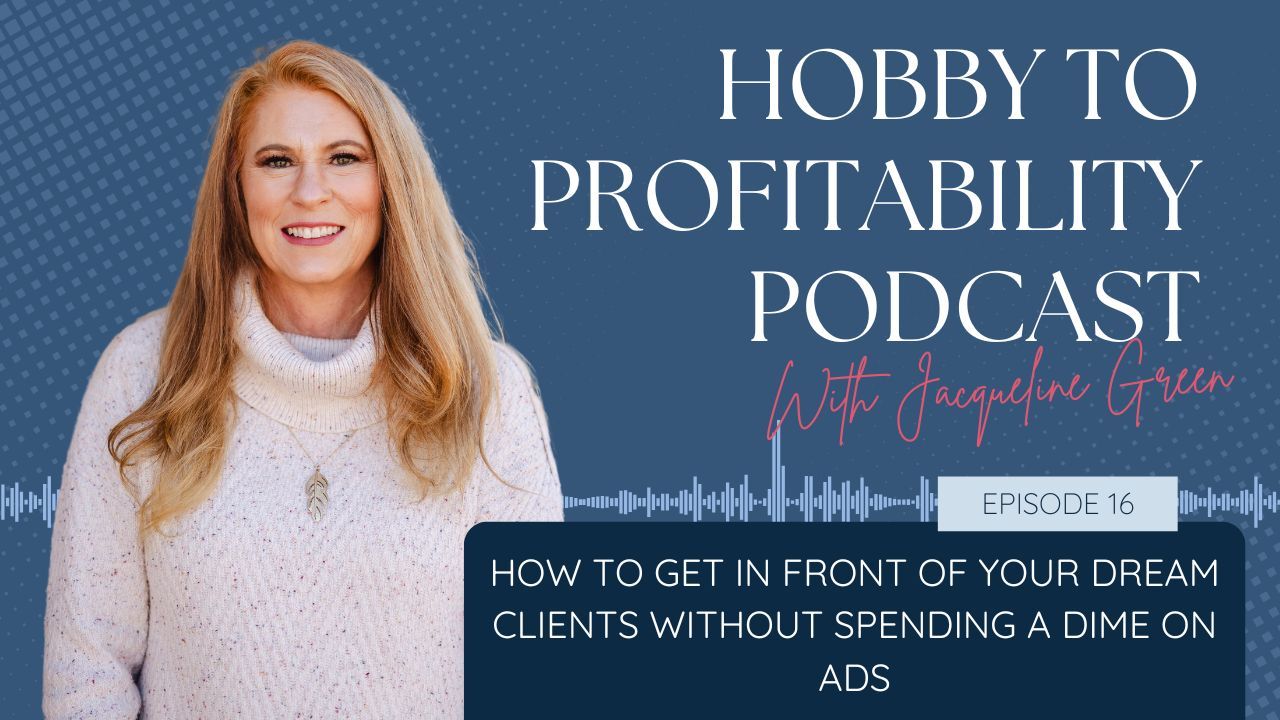My Best Interviewing Tips for Interior Design Students
Jul 16, 2021
Preparation Will Help You Stand Out Among the Crowd
It is tough out there right now. I am hearing it from many students and recent graduates. The finish line is just around the corner (or even happens during the pandemic.) That interior design degree that you worked so hard for is almost done. Unfortunately, the degree doesn’t guarantee you a job, and standing out among the other soon-to-be designers can be difficult, especially when jobs are scarce and competition is high. We put together a few tips to prep you for getting through a job or internship interview. The key is preparation.
The first thing you need to know is that you have value to offer. Even if you don’t have direct job experience, you have something valuable to provide. Do not let your lack of experience impact your confidence. You know that you will be a great designer, now it is time to show it to the world.
The second thing you need to know is how to prepare for an interview. Your preparation can make a difference in getting your first job.
Imagine the call. Prepare for the call.
Take a couple of minutes to clear your head, and simply think of how it will feel to get a call from human resources at your dream design firm asking you to come in for an interview. Think about how ecstatic you feel, how you want to jump up and down, shout a big cheer, or do cartwheels across the living room floor.
What is the next feeling that crosses through your brain? Absolute fear and dread. You move from ecstatic to fearful in a matter of minutes. You may start thinking of all the reasons they shouldn’t hire you. All those great feelings go away, and now you are left with dread and fear.
Sounds kind of silly when you read it, but the truth is, most of us have felt this way. The best way to overcome those fears is to control the feelings. We do this with preparation. Think about what you can control, and focus your preparation on that.
Check out: "My best advice to interior design students – get an internship”
You can control how prepared you are for the interview, how you respond to questions, how you look, and how you follow through. You can’t control how someone reacts or thinks, so don’t even think about that. Concentrate on what you can control.
What firms are looking for in an Intern or emerging professional?
If a firm has an entry-level job posting, they do not (or should not) expect candidates to have a ton of interior design experience. Then the question remains what are they looking for in a candidate. In all honesty, they look for a go-getter, someone who takes direction well, has a great attitude and is willing to get their hands dirty. They want someone committed to learning and growing. After all, they want someone that can think for themselves and doesn’t need micromanaging.
Additionally, they are looking for fresh ideas and technical skills missing in-house, such as Revit. They want someone who has transferable skills like customer relations, marketing, or works well in a team. Of course, they want to see you have talent, but there is so much more a hiring manager wants. Understanding these wants is the first step in preparing for the interview.
9 Steps to Interview Preparation
Step 1:
Read through the job interview carefully. Yes, you would have looked through this when you first apply, but doing it again will remind you of nuances that could be important.
Step 2:
Research the firm by reviewing its website and social accounts. Take note of how they talk about themselves and who they serve. Think about what experience you have within the industries the firm serves. If the firm primarily serves restaurants and you were a waiter through college, that is relevant. What can you learn about the firm and its design work that will help you in the interview?
Step 3:
Investigate the hiring manager or others that will be in the interview process. When the human resource person calls to schedule your interview, politely ask who you will be interviewing with and their positions at the firm. Now, go to LinkedIn and look at the person’s profile. How long has the person been at the firm? What projects have they worked on? Where were they previously? Where did they go to school? You are looking for connections: something you can mention showing you did your research and are interested in the person. Be mindful not to be creepy about it. Do not ask questions of the person that might seem personal. Keep in professional.
Step 4:
Prepare yourself for typical interview questions. It never fails; some interview questions will never go away, like “where do you find yourself in five to 10 years?” I hate that one. Or, here is another one “tell me your strengths and weaknesses.” Every time I get that one, my mind immediately goes to why I would tell you my weaknesses? That is silly; I want this job. If you know these questions, then you prepare satisfactory answers. For instance, you may share you are eager to expand your client relation skills. That is an area where you have a weakness, but it is reasonable since you are just getting out of school.
Step 5:
Next, role-playing your responses will help you get comfortable with answering questions without hesitation. I absolutely hate role-playing; it embarrasses me. A cheat on this is to write the questions down on individual index cards, then pull each card out of the deck, one by one, and answer them. You can do this in privacy, in front of a mirror, or even videotape yourself. The key is to practice your responses. You don’t need an audience to practice, especially if that will make you more nervous.
15 Standard Interview Questions:
- Tell me a little about yourself.
- Why do you want to work here?
- Where do you see yourself in 5 to 10 years?
- What are your aspirations?
- Tell me a situation where you dealt with an unhappy customer, and how did you handle it?
- What strengths do you bring to this role? What weaknesses do you want to work on?
- Do you like working with a team or working alone? Why?
- Explain a situation where you identified and solved a problem.
- What attracted you to apply for the position?
- How do you meet the qualifications of this position?
- What steps do you take when making a decision?
- How do you handle criticism?
- What motivates you to work?
- How would your colleagues describe you?
- Name a work accomplishment you are proud to share?
Step 6:
Decide what you are going to wear the day before the interview. It is never a good idea to wait until the last minute because it is inevitable that a clothing item will be dirty, unpressed, or have a coffee stain you forgot about. Although most firms are pretty casual these days, it is imperative you put your best foot forward in the interview by dressing to impress. The fun part of being a designer is that many of us have a fashion style that sets us apart. Don’t be afraid to express your design style through your appearance. But be mindful that this is a job interview and not a fashion show for the next top model. Yoga pants and mid-thigh stripper boots are never a good idea in an interview, nor is outrageous makeup. Be yourself, but also be respectful in your attire.
Step 7:
Map out the route you will drive to the interview and identify the parking situation. This sounds super simple but learn from my experience, it is better to be early, relaxed, and parked than to walk in frazzled and late because you got stuck in traffic or couldn’t find a parking spot. If you are going to be late because of an unforeseen reason, be sure to call and let the person know the circumstance.
Step 8:
Prepare a list of questions to ask the interviewer. We often forget that we also have the opportunity to ask questions. Prepare a list of 10 questions, and plan to use three. Most likely, some of your questions were answered during the interview, so be sure to ask the three that weren’t discussed yet or that are important to you. Remember, you are interviewing the firm just as they are interviewing you. Here are a few good ones you can use…
- What are your expectations of the person in the first 90 days?
- How would you describe your management style?
- What does a typical day look like for this role?
- What are the immediate projects that need to be addressed?
- What are the biggest challenges that someone in this position will face?
- How will I be trained on the firm’s processes and protocols?
- How was the firm founded?
- What are you most excited about in the company’s future?
- Can you tell me about the team?
Step 9:
Print out copies of your resume and portfolio, if applicable, a day or two before to ensure the printer doesn’t run out of ink the day of the interview.
After the interview is complete and you have stopped sweating profusely, it is time to follow up. Before the day has ended, write a personal thank you to each person you met. Keep a stack of thank you cards handy for such an occasion. A written thank you card is much more personal and will stand out.
Also, even if you don’t get the job, be sure to connect with the person on LinkedIn. You never know if the hired person will work out or if another opportunity will arise that you are better suited.
Unfortunately, the past year has harmed many students and emerging professionals. But, keep your chin up, believe in yourself, and find positive ways to expand your design skills, you will find a job.
Sign Up for More Tips by Joining Our Community
For more tips and tricks on growing your design career or business, sign up for our monthly newsletter. At GAI, we are committed to helping interior designers grow. We are committed to helping interior designers grow their careers and businesses through our various software training options, educational articles covering everything from leadership to marketing, and soon continuing educational courses. Join our newsletter to get the latest education and training updates.
Sign Up for Our Monthly Newsletter
Get helpful career, business, and design tips right in your inbox each month.
At Behind the Design, we are committed to building a stronger design community by reimagining education, training, and support for interior designers. Through our various software training options, educational articles covering everything from leadership to marketing, and soon Continuing educational courses, we are committed to helping you. Join our newsletter to get the latest education and training updates.










